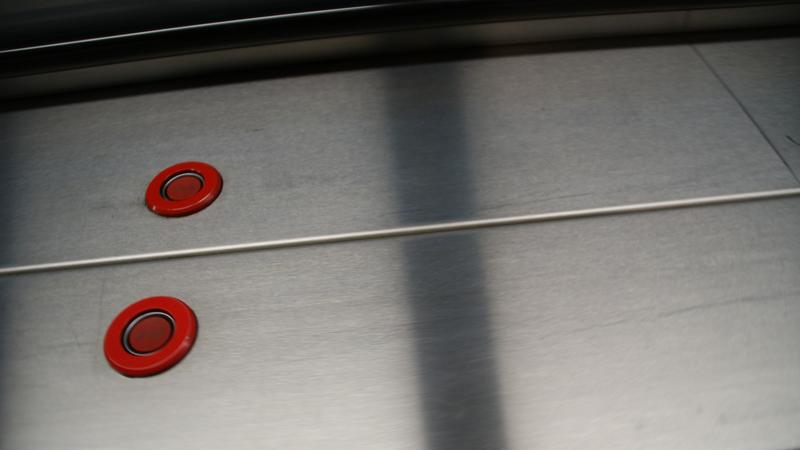Hold-up & Duress Alarms

Hold-up and Duress Alarms:
All alarm installations must be vetted and approved per University Policy AD-65.
Make a Request
Hold-up Alarm System:
Hold-up alarms are installed in areas where the risk of robbery is heightened because of the nature of the work unit's business and/or environmental factors. All electronic devices installed to actuate and transmit a "silent" alarm signal to University Police and/or other designated police or security agencies.
Duress Alarm System:
Duress alarm systems are installed in areas where the risk of personal confrontation is heightened because of the nature of the work unit's business and/or other environmental factors. All electronic devices installed to actuate and transmit a "silent" alarm signal to University Police and/or other designated police or security agency
Installations of Duress and/or Hold-up alarms that are expected to be monitored and responded to by University Police will conform to the following:
- All Hold-up/Duress alarm locations must be vetted and approved by the Physical Security Office in conjunction with University Police & Public Safety.
- Duress and/or Hold-up alarm buttons will only be installed where there is an extreme (and predictable) safety risk to University personnel and where no other viable options are available.
- A written procedure must be developed in conjunction with the Physical Security Office and University Police. This procedure must be followed by Departmental staff.
- Yearly training and testing of buttons will be required. Training can be requested by contacting Officer Shelly Stevick - [email protected].
- A Certificate of Fitness must be completed by any staff, student, or faculty member with access to the button and is responsible for its activation.
- Video surveillance cameras will be installed covering the button and immediate area surrounding the Duress/Hold-up installation.
- Installations will be hard-wired only, with few exceptions. Mobile or personnel-worn wireless Duress/Hold-up buttons will only be used where hard-wired options are not available.
Hold-up: Hold-up buttons are restricted to Point-Of-Sale locations where cash handling exceeds $1,000.
Duress: Duress Alarm button installations are regulated at Penn State and will be restricted to vetted locations and operations where duress alarms are the only, and best, occupant security option.
Cameras: In any location where we install duress or Hold-up buttons, we will require video surveillance. This will be mandatory. For existing locations, we will either install cameras or remove buttons. Note: Installing cameras tasked on work or office locations, will likely meet with resistance from staff/faculty.
Other Options: Positioning a phone at the location, with 911 or 814-863-1111 on speed dial, often accomplishes the same function and results in better response to many situations. If the user cannot talk, Police dispatchers or 911 operators can still listen in while dispatching assistance. Steps should be taken operationally and/or procedurally in order to reduce or eliminate the risk. Other options can include +1 staffing procedures, training nearby staff to make phone calls, a “local only” system to alert full-time staff at locally attended locations.
Summary: Preparing appropriate Police responses to unknown situations can be highly difficult. The difficulty comes with the "unknown” aspect of many duress alarms which force Police to respond to a “worst-case scenario”. This can actually increase public risk in lieu of reducing it.
For Emergencies, Call 911
